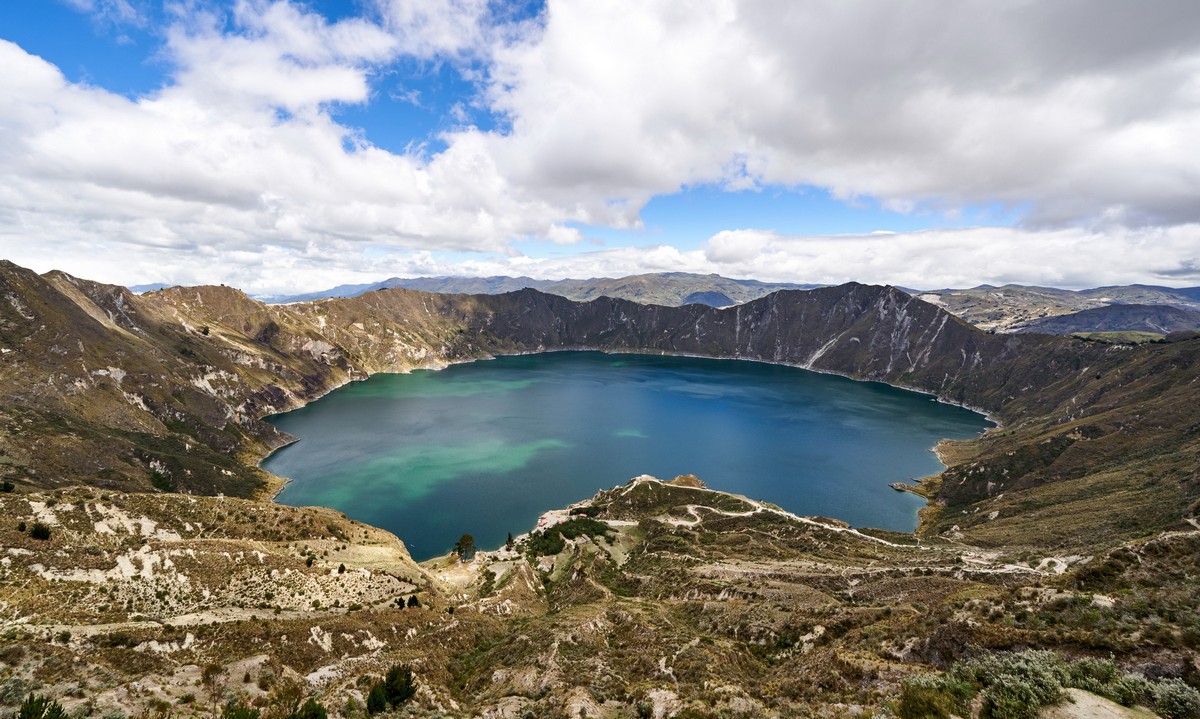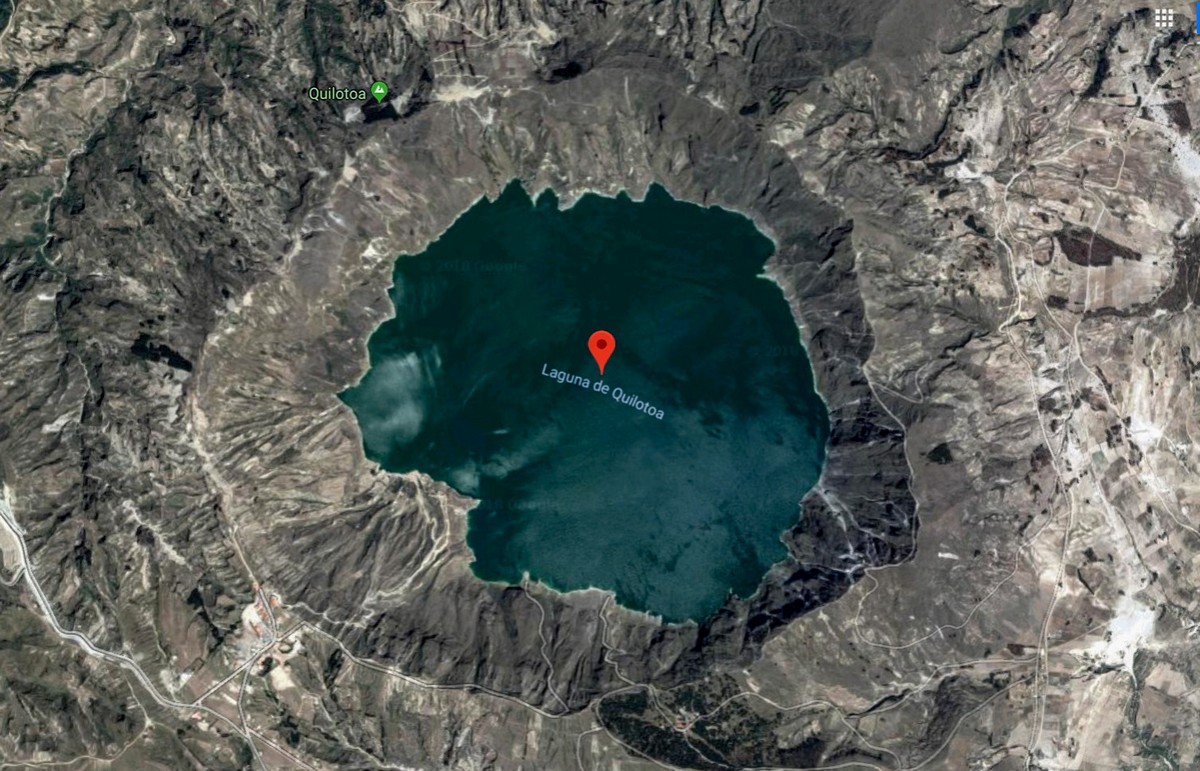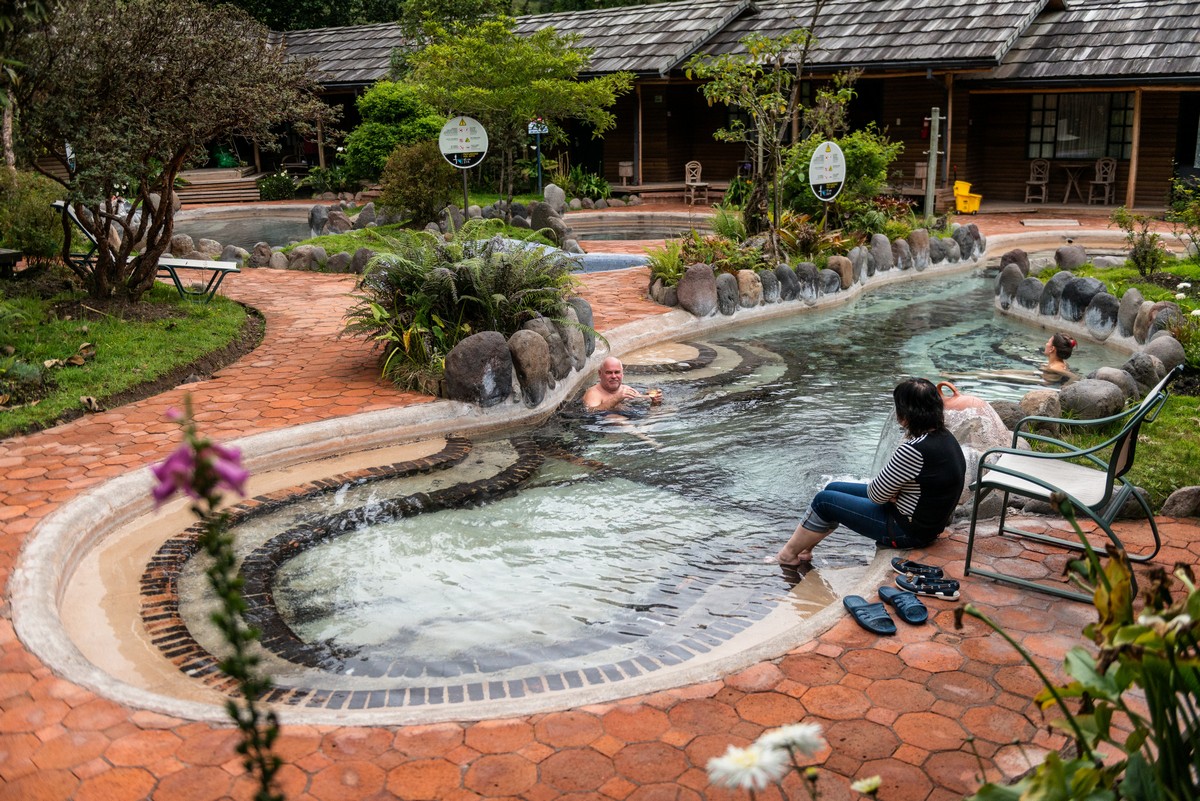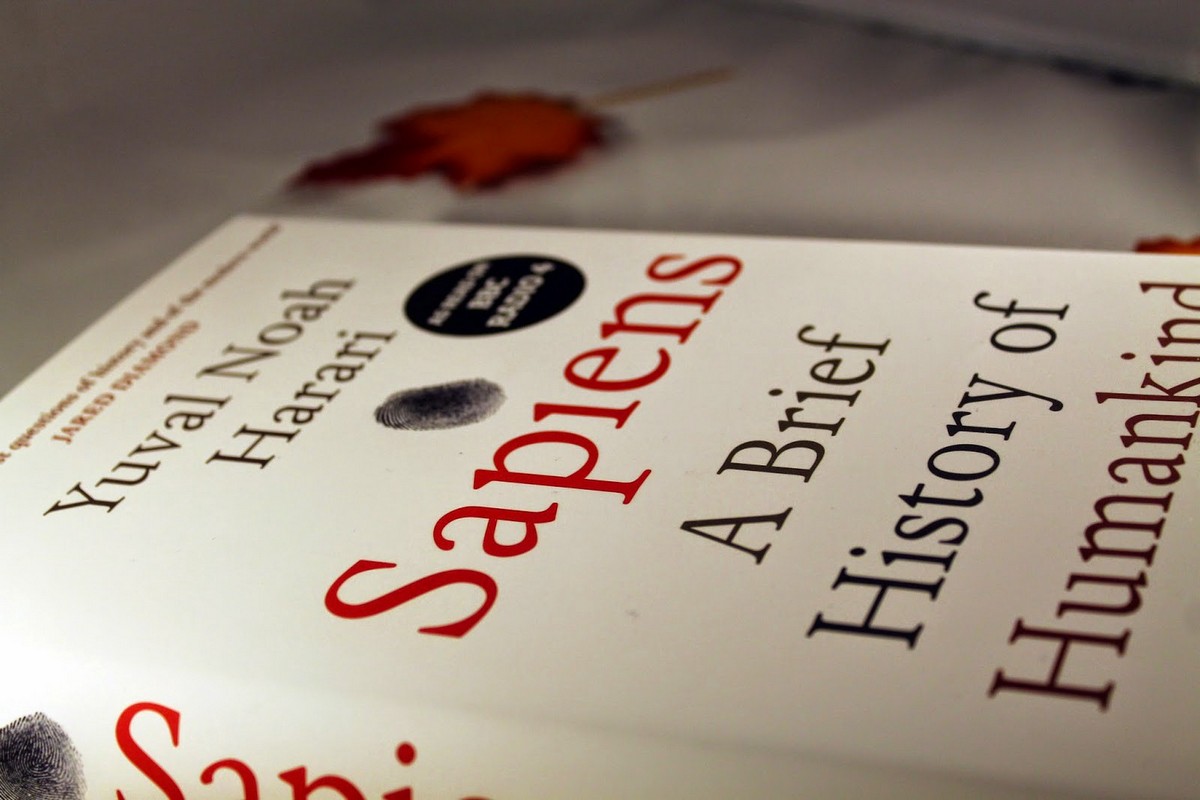February 20, 2019
KL-2018: still growing, no matter what.
Hi folks!
The time has come to share our financial results for 2018. It can’t be denied that it was a tough year for us: the aftershock from the geopolitical turbulence that affected us which peaked in 2017 for sure caught up with us. But this is where it gets interesting…
You could be forgiven for thinking that everything’s reeeaaal bad for us and we’ve nothing at all to feel good about regarding 2018. But you’d be wrong. Because users still ‘voted’ for us with their dollars, euros and the rest: our business… continued to grow! The company’s global IFRS revenue for 2018 was 726 million dollars, 4% higher than in 2017*.
You could also be forgiven for thinking that, what with the unfair, coordinated informational campaign waged against us, we might have eased off a bit, gotten back into the trenches as it were, lain low for a while. You’d be wrong again! Just the opposite: we’ve continued to develop new products, new technologies, and new services of a kind our competitors can only dream!
So what did the best? Well, just like in the previous year we saw the highest growth in business based on promising new solutions and technologies that provide protection against the most complex of cyberthreats – the so-called ‘non-endpoint’ segment (+55%). Corporate segment sales also were up – by an impressive 16%; while online sales grew 4%.
Geographically, the greatest growth in sales (27%) was to be found in the META region (Middle East, Turkey, and Africa). Then (by some freak coincidence), the three regions of (i) Russia, Central Asia and the CIS**; (ii) APAC (Asia-Pacific); and (iii), Europe – achieved 6% growth in sales each.
A fall in sales occurred in Latin American (-11%), but that in large part can be put down to devaluations of national currencies in the region. And as could only have been expected, sales in North America fell – by 25%. All the same, North American users are good at reading between the lines when it comes to what their media tells them. How else can an increase of 8% in online sales of new licenses in the U.S. be explained? I’m often asked if we plan to close our offices in the U.S. and exit the market. No way! Actually, just the opposite: we’re planning on getting back to growth and developing the market.
So, why is it folks trust us? Maybe it’s because over the last year we’ve become the most transparent cybersecurity company in the world? We’ve opened up our source code and its updates, and in essence we’ve established new standards of transparency for the whole industry. And no matter how much nonsense they write about us in the press, still no one has provided even just a shred of technical evidence about any wrongdoing on our part (spoiler alert! They won’t provide any: none exists!). My life is set out before you right here on these here blog pages practically every day. I’ve nothing to hide; my company has nothing to hide! Folks see, think, understand, and vote with their money.
Finally, as per tradition, I simply must thank our users and partners who believe us – and believe in us! And of course all the KL employees, thanks to whom our products and services for many years now have remained the very best. Well done everyone! Now… back to work!
https://www.instagram.com/p/BkV29QdgziX/
* Unaudited IFRS revenue data. The given revenue figure was rounded up to the nearest million. Actual revenue: $725.6 million.
** The Central Asia and CIS region is made up of: Azerbaijan, Armenia, Belarus, Georgia, Kazakhstan, Kyrgyzstan, Mongolia, Russia, Tajikistan, Turkmenistan, and Uzbekistan.


































